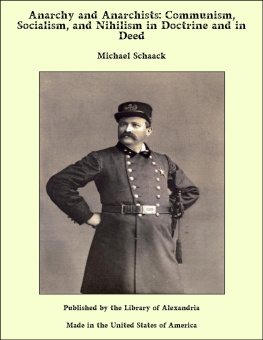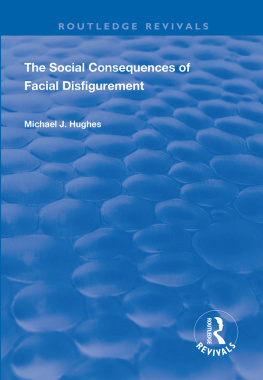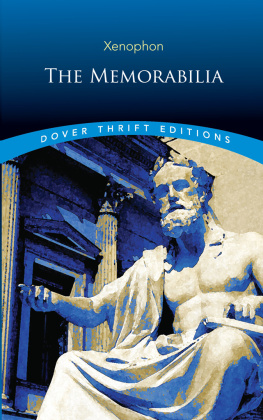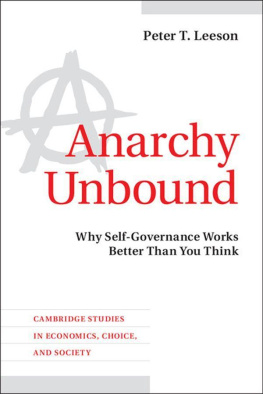
The Anarchy of Nazi Memorabilia
Out of the numerous books and articles on the Third Reich, few address its material culture, and fewer still discuss the phenomenon of Nazi memorabilia. This is all the more surprising given that Nazi symbols, so central to sustaining Hitlers movement, continue to live long after the collapse of his 12-year Reich. Neither did Nazi ideology die; far-right populists would like to see the swastika flown over the White House or Buckingham Palace. Against a backdrop of right-wing extremism, military re-enactors think nothing of dressing up in Waffen-SS uniforms and romanticising the Third Reich in the name of living history. Auctioneers are prepared to hammer down Nazi artefacts to the highest bidder, but who is buying them, and why do they do so? Should collectors be allowed to decorate their homes with Nazi flags?
The Anarchy of Nazi Memorabilia begins by examining the creation and context of Nazi artefacts and symbols during the volatile Weimar Republic to their wider distribution during the Third Reich. There were few people in Nazi Germany who did not wear a badge or uniform of some sort. Whether it be mothers, soldiers or concentration camp inmates, they were all branded. The chapter on the Second World War demonstrates that although German soldiers were cynical about being given medals in exchange for freezing in Russia. They still continued to fight, for which more decorations were awarded. A large proportion of this book is therefore given to the meaning that Nazi symbols had before Nazi Germany was eventually defeated in May 1945. Equally important, however, and one of the characteristics of this book, is the analysis of the meaning and value of Nazi material culture over time. The interpreters of Nazi symbols that this book focuses on are internationally based private collectors and traders. Sustained attention is given in a chapter outlining the development of the collectors market for Nazi memorabilia from 1945 onwards. No matter how much collectors go out of their way to paint the hobby in a positive light, their activities do not fully escape the troubled past of the material that they desire. So contested are Nazi symbols that another chapter is devoted to the ethics and morals of destroying or preserving them. The issues surrounding private versus public custody and ownership of Nazi artefacts are also discussed. So far, in this book, the examination of Nazi artefacts has been restricted to physical objects within societies that are generally aware of the consequences of Hitlerism. As we increasingly move into the digital age, however, and there are few survivors of the Second World War left to relay their horrific experiences, the final chapter contemplates the future of Nazi symbols both digitally and physically, fake or real.
This book will appeal to all those interested in the Third Reich, Nazi ideology, Neo-Nazism, perceptions of the Nazis post-1945, modern European history and political symbolism. It will also hold particular appeal to those interested in the collecting and trading of contested and highly emotive artefacts. It considers aesthetics, authenticity, commodification, gift exchange, life histories of people and objects, materiality and value theory.
Michael Hughes obtained his Doctorate in Economic and Social History from the University of Glasgow in 2016. His life changed when he fully lost his eyesight in 1998. It gave him the opportunity, however, to change direction away from Quality Engineering and to devote more time to collecting military artefacts. He subsequently combined his academic ability and interest in the social life and function of military and political symbols to complete his doctorate and conduct further research, resulting in this book. He describes himself as a reformed collector and is doing his best to resist accumulating things.
I dedicate this book to my grandfather Adam Hughes (19222004), who served with the British army in North Africa and Italy during the Second World War. I would also like to mention my grandmother Catherine Rae (19261997), who worked in a factory that made munitions. It is because of both of them, and millions like them, most of whom regarded themselves as simply doing their bit, that we enjoy the freedoms that we have today.
Material Culture and Modern Conflict
Series editors
Nicholas J. Saunders
University of Bristol and Paul Cornish, Imperial War Museum, London
The Material Culture and Modern Conflict series adopts a genuinely interdisciplinary approach to re-appraise the material legacy of twentieth and twenty-first century conflict around the world. It offers a radical departure in the study of modern conflict, proving a truly interdisciplinary forum that draws upon archaeology, anthropology, military and cultural history, art history, cultural geography, and museum and heritage studies.
The Poetics of Conflict Experience
Materiality and Embodiment in Second World War Italy
Sarah De Nardi
Decoding a Royal Marine Commando
The Militarized Body as Artefact
Mark A. Burchell
Rediscovering the Great War
Archaeology and Enduring Legacies on the Soa and Eastern Fronts
Edited by Uro Koir, Matija renar, and Dimitrij Mleku
Material Cultures of Childhood in Second World War Britain
Gabriel Moshenska
Archaeologies of Hitlers Arctic War
Heritage of the Second World War German Military Presence in Finnish Lapland
Oula Seitsonen
The Anarchy of Nazi Memorabilia
From Things of Tyranny to Troubled Treasure
Michael Hughes
For more information about this series, please visit: www.routledge.com/Material-Culture-and-Modern-Conflict/book-series/MCMC
The Anarchy of Nazi Memorabilia
From Things of Tyranny to Troubled Treasure
Michael Hughes
First published 2022
by Routledge
2 Park Square, Milton Park, Abingdon, Oxon OX14 4RN
and by Routledge
605 Third Avenue, New York, NY 10158
Routledge is an imprint of the Taylor & Francis Group, an informa business
2022 Michael Hughes
The right of Michael Hughes to be identified as author of this work has been asserted in accordance with sections 77 and 78 of the Copyright, Designs and Patents Act 1988.
All rights reserved. No part of this book may be reprinted or reproduced or utilised in any form or by any electronic, mechanical, or other means, now known or hereafter invented, including photocopying and recording, or in any information storage or retrieval system, without permission in writing from the publishers.
Trademark notice: Product or corporate names may be trademarks or registered trademarks, and are used only for identification and explanation without intent to infringe.
British Library Cataloguing-in-Publication Data
A catalogue record for this book is available from the British Library
Library of Congress Cataloging-in-Publication Data
A catalog record for this book has been requested
ISBN: 978-0-367-42200-4 (hbk)
ISBN: 978-1-032-16971-2 (pbk)
ISBN: 978-1-003-00061-7 (ebk)
DOI: 10.4324/9781003000617
Typeset in Times New Roman
by Apex CoVantage, LLC





![Memorabilia [trans. Amy L. Bonnette] - Xenophon Memorabilia](/uploads/posts/book/324452/thumbs/memorabilia-trans-amy-l-bonnette-xenophon.jpg)








